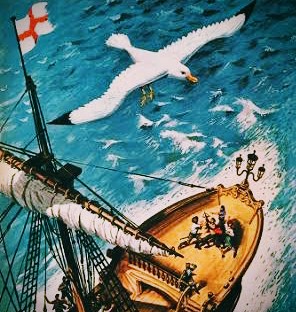The key points of Magna Carta and the importance of the Great Charter in England

Magna Carta, or the Great Charter, is the most important constitutional document in the history of England. It was drawn up by the barons who forced King John to sign the document in 1215 AD. It had sixty-three clauses from which we can infer the nature and extent of King John's misdeeds. Magna Carta was a remedial document to the nation against the oppressive nature of John. The main purpose of the Great Charter was to establish equal rights and privileges for society. The Great Charter declared that the king could not rule as he pleased and had to abide by the law. It had established crucial clauses, such as the prohibition against selling, denying, or delaying justice to anyone, and the prohibition against any freeman being imprisoned or punished without the proper judgment of his peers or the law. Personal liberties had been protected and guaranteed. Additionally, the church's autonomy to set up elections for bishoprics had been guaranteed. The tax demands made by King ...

